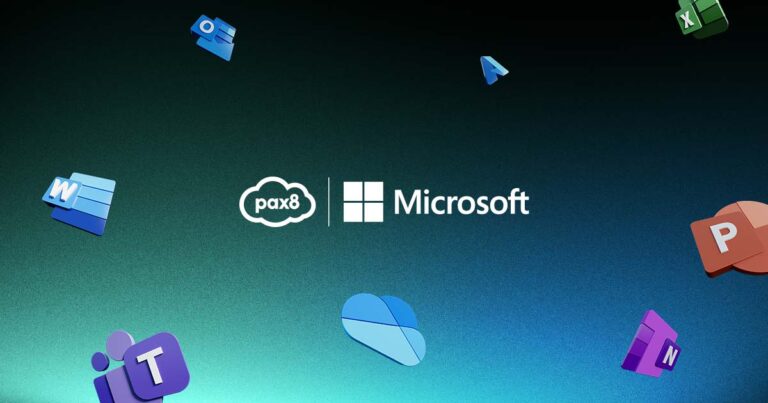Tips to get your business running well.
OK, you’re an MSP. What’s next? Do you want to grow and scale? Where are your biggest challenges? These important questions need answers. But what do we do first, second or third to answer them doesn’t depend on how long you’ve been in business; it only matters how you’ve been managing your business.
Overall, there are several things you can do to improve your business and business practices. I’m sure you’ve heard of some of these and perhaps even practice some of them, but are you consistently looking at and improving them? Do you just hope that they will remain the status quo? Let’s take a quick look at some of those best practices.
Owners
Strive to work on your business, not in it. As you grow, the technician owner must either move up and work on the business or hire someone to run it for them. As you grow, owners should be moving out of the day-to-day and focusing more on the high-level operation.
Service Managers and Operations
It’s your job to implement the tactics identified by the owner. You’re the ones who set the process, test it, and follow up on it when you implement it. Processes are not a static thing. Depending on the process, they need to be revisited every six months to a year to ensure the expectations that occurred were truly an exception, not an issue with the base process.
What to check and recheck to ensure your business is running well:
Don’t compromise on the immediate time entry
It’s an excuse to say engineers can’t keep accurate time. Doing their ticket time entry as they do the work is not only important but required. If an engineer is putting their time in after the ticket is done or at the end of the day, your company is paying for that. The client expects and pays that documentation is part of the agreement or contract. In addition, as humans, we forget things. So, a time entry done later may not have all the information needed in the event the ticket needs to be escalated or worked on by someone else. It’s human nature to abbreviate and leave out details when the ticket is done later.
Failure to “lead” the staff to utilizing standardized procedure
This means that everyone — everyone — follows process and procedures. If one person is exempt, all are exempt. Leading also means that managers are the example to follow, not the “hammer” all the time. There’s the story of the “hand-grenade” boss. They walk into a room and state a problem very prominently to the entire team. They offer no explanation or reasoning; but, in essence, upset the entire team rather than allowing their managers to solve the issue. Remember to admonish in private and praise in public.
Failure to set strategy and translate to tactics
Leading also entails setting the strategic vision for your tactical managers. They then translate this into tactical goals. If your managers don’t implement the way you would have, look at the issue and see if their solution was possibly better. If not, mentor them, and explain how another way might have been better. It doesn’t always have to be the way you think. Many times, there are more elegant solutions achieved with fresh thinking.
Lack of account management
Account management isn’t just resolving issues; it’s managing client expectations and communicating with a client, especially when they are happy. Engineers are great at solving tech problems but suck at solving people’s problems: so many times, they are the exact wrong person to discuss issues with the client. Account managers are the client advocates between the client and the engineers. They work with the client in both good and bad times to make sure we are a valued part of their business. They are the ones who solve business issues and perform QBRs (quarterly business reviews), drop-ins and focus groups.
Not managing according to the financial metrics
Your financial metrics must be accurate and understandable. When they’re accurate, you can use them to manage the business. An engineer billing at 3x their W2 salary is real and must be achieved. This is accomplished by achieving more efficiency through automation, time entry in real time, and having a standard stack of tools and solutions for your clients, which includes each client having a standard set of hardware and software approved by your company. The help desk or engineers must know what they are working on beforehand, not searching through a one-off solution.
Waiting until it’s perfect
Getting things perfect is hard, and implementation can be even harder when you feel the need to tweak everything to “get it right.” An 80% solution implemented is better than a 100% solution that is never implemented or delayed. The process can always be tweaked to get to 100%.
Follow the Sea-Level Coaching five phases for process:
1. Understand the best practice — learn the best practice on your process from the industry.
2. Document the way YOU do business — take that best practice and modify it to your business.
3. Train your team (get buy-in from the team).
4. Implement the change — you’ve done all the prep, so implement.
5. Inspect what you expect: this is not micromanagement, but managing the exceptions that occur to the process.
Although not a complete list, these checkpoints can bring you better efficiency.
Through Sea-Level Coaching powered by Pax8, you can enlist the help of a seasoned 1:1 coach who will work with you and your organization to build a strong, scalable business that’s primed to hit your growth or valuation goals. It starts with a free one-hour assessment with our coaching consultants. They’ll help you determine your best plan of attack, whether that would be Operations Coaching or Value Creation Coaching.





